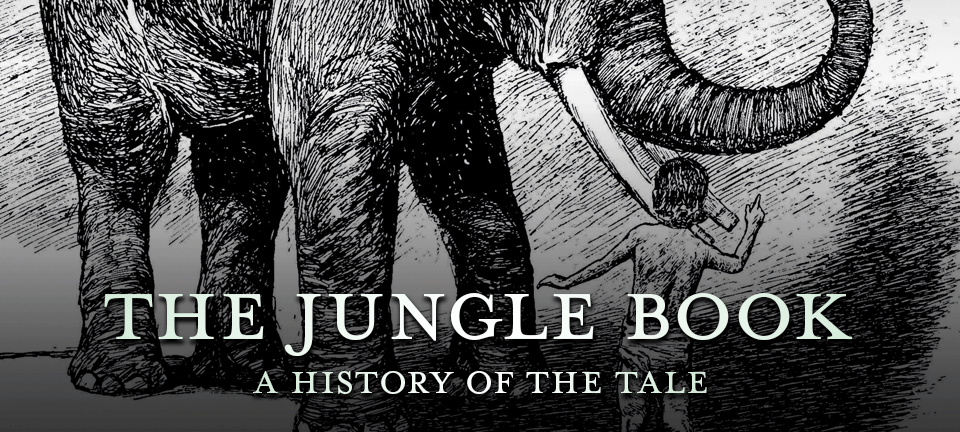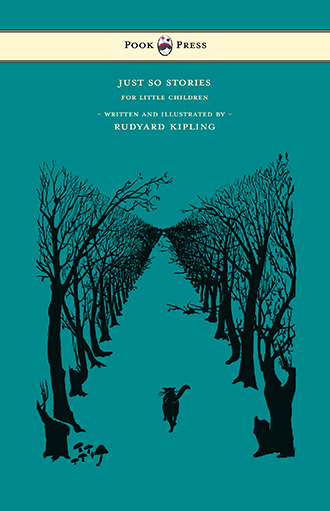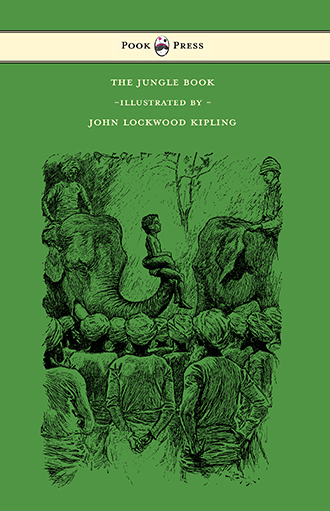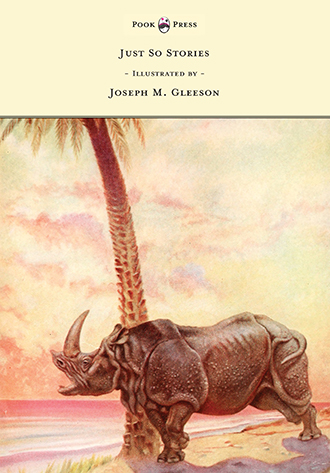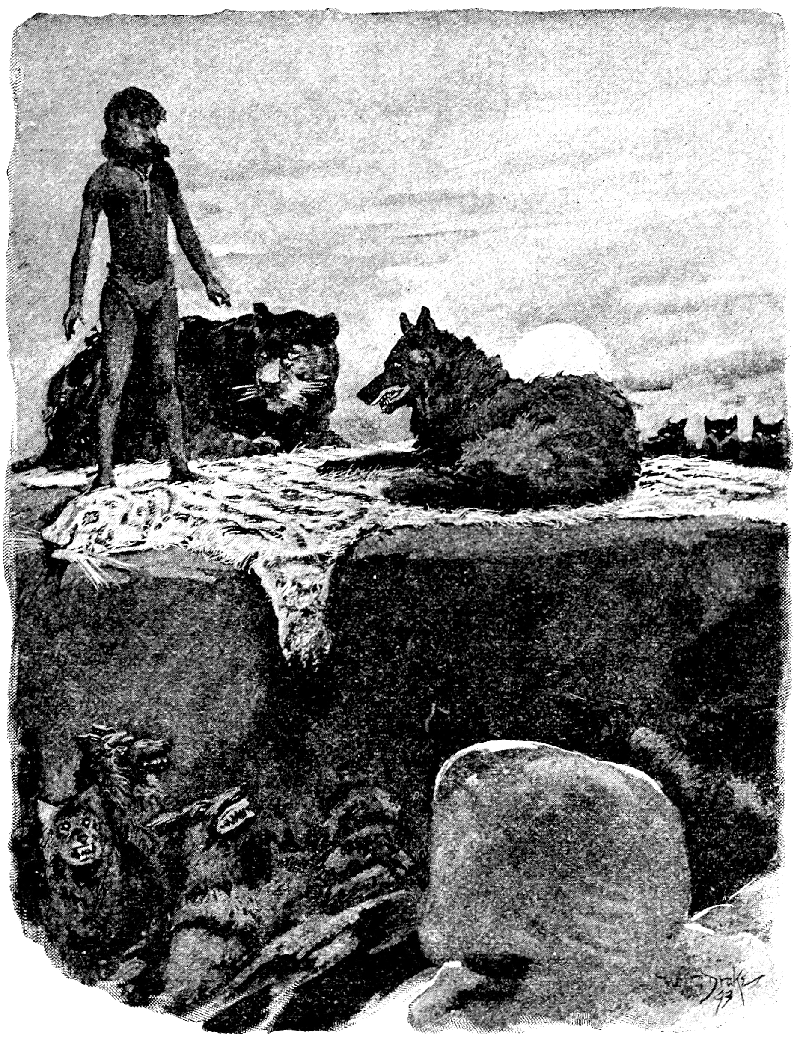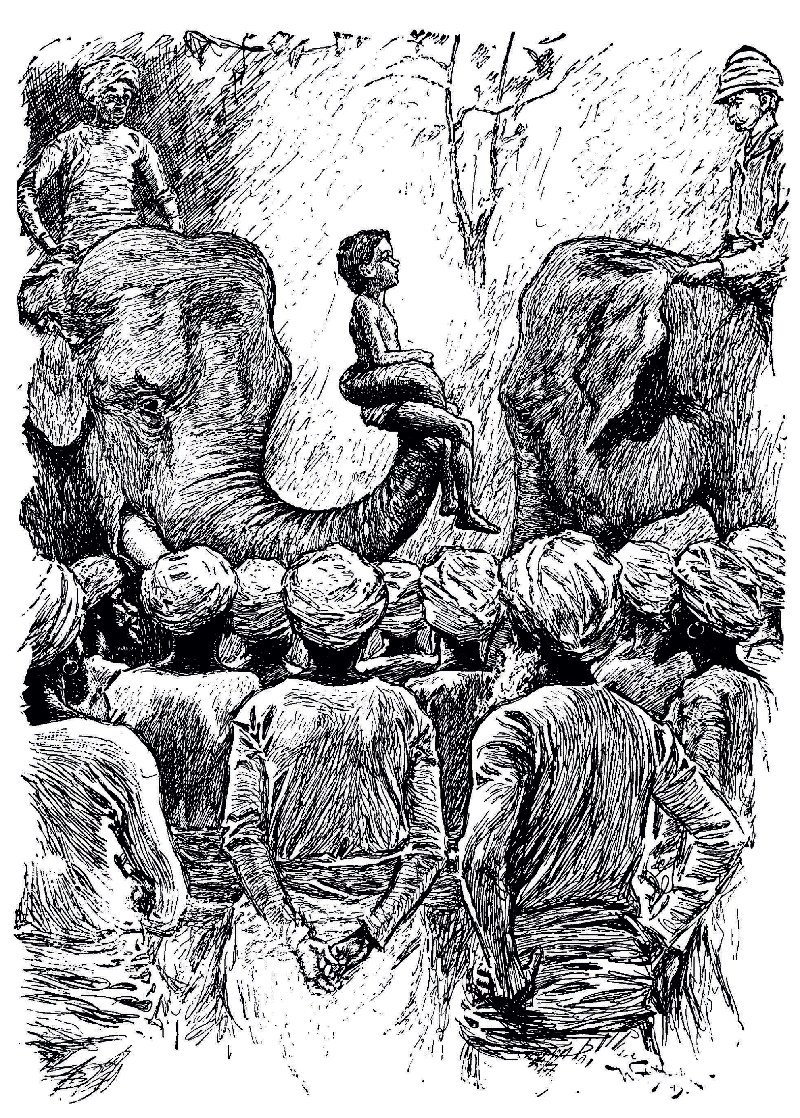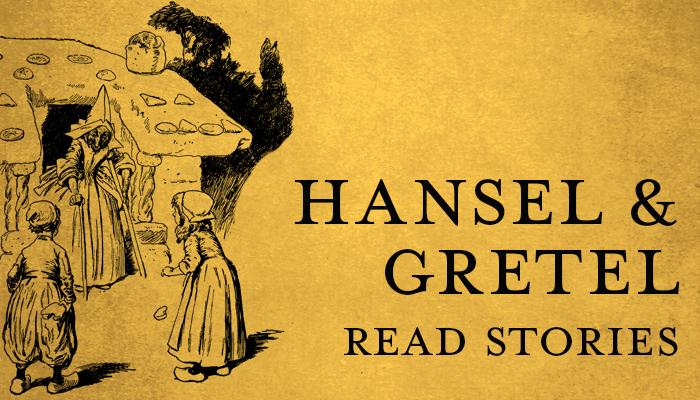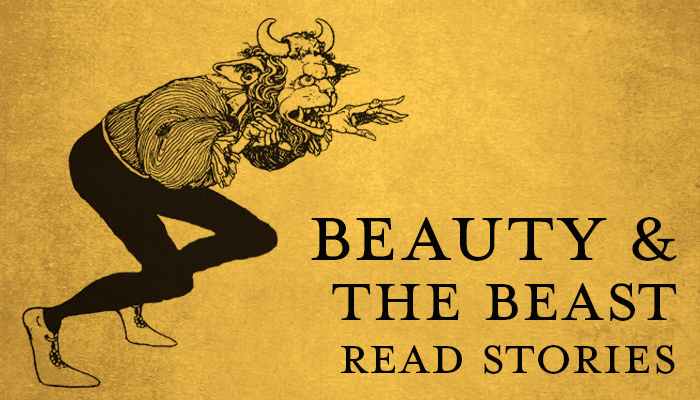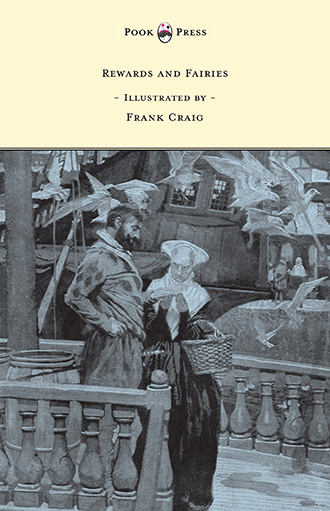The Jungle Book
The Jungle Book is a collection of short stories written by the seminal English author Rudyard Kipling. Kipling was born in India and lived in the country until the age of six, at which time he relocated with his family to England. He stayed in England until he was sixteen, then returned to India where he remained for a further six and a half years. The time Kipling spent in India undoubtedly inspired him to write the stories contained within The Jungle Book, into which he imbued everything he had learned and imagined about the jungles in the country of his birth. The stories were originally published in various magazines between 1893 and 1894, and were presented together with beautiful illustrations—some of which were undertaken by his father, John Lockwood Kipling, an accomplished illustrator, teacher, and museum curator. Although unconfirmed, it is widely suspected that Kipling wrote The Jungle Book for his young daughter, Josephine, after a dedication to her was discovered in 2010 inside of a rare first edition at Wimpole Hall, Cambridgeshire. Tragically, Josephine died at the age of six in 1899.
SELECTED BOOKS
The tales take on the form of fables featuring anthropomorphic animals that often contrive to convey various moral messages, ranging from the dangers of jealousy to the importance of protecting loved ones. There is also evidence to suggest that the fables represent political allegories, a possible example of this being the story entitled The Law of the Jungle. Within this tale rules are stipulated that purport to ensure the continued safety of animals and their families within the jungle. This ‘law of the jungle’ includes numerous rules considered pivotal in maintaining a civilised society, and are presented to be of special benefit to the residents of the jungle that are considered ‘uncivilised’ by those who champion the laws. Such messages have been argued to be indicative of Kipling’s support for British imperialism and support for colonialism in India and elsewhere.
Perhaps the most well-known of the stories are those that feature Mowgli, a human child who is abandoned and raised by wolves in the jungle, including “Mowgli’s Brothers”, “Kaa’s Hunting”, and “Tiger! Tiger!”. These stories provide the bases for the Disney’s 1967 animated film, which originally bore a closer resemblance to Kipling’s tale but was altered after Disney decided that such an adaptation was too sinister and dramatic for a family film. Other notable fables in Kipling’s The Jungle Book include ‘Rikki-Tikki-Tavi’, the inspiring tale of a brave mongoose, and ‘Toomai of the Elephants’, a charming story of a young elephant-handler. Similarly to many of Kipling’s stories, each tale begins and ends with a short piece of verse, in this case emphasising the lessons presented within the fable.
Kipling’s most famous work has had an unsurprisingly broad and far-reaching influence throughout the world, and not least within the Scouting movement of England and beyond. Kipling gave his explicit permission for the use of his famed moralistic universe to the founder of the movement, Robert Baden-Powell, who believed that the Memory Game from “Kim” would prove to be a valuable tool to help foster morale and physical fitness within the Cub Scouts. To this day it is a tradition to name the leader of a Cub Scout pack “Aleka” after the chief wolf in The Jungle Book.
Rudyard Kipling’s collection of beautifully illustrated fables constitutes a timeless classic of children’s literature that is enjoyed by millions today just as it was when originally published at the turn of the nineteenth century. The stories and lessons contained within it continue to influence generation after generation, and it is no wonder that The Jungle Book continues to be one of the most beloved and renowned collections of short stories the world has ever seen.
SELECTED BOOKS

